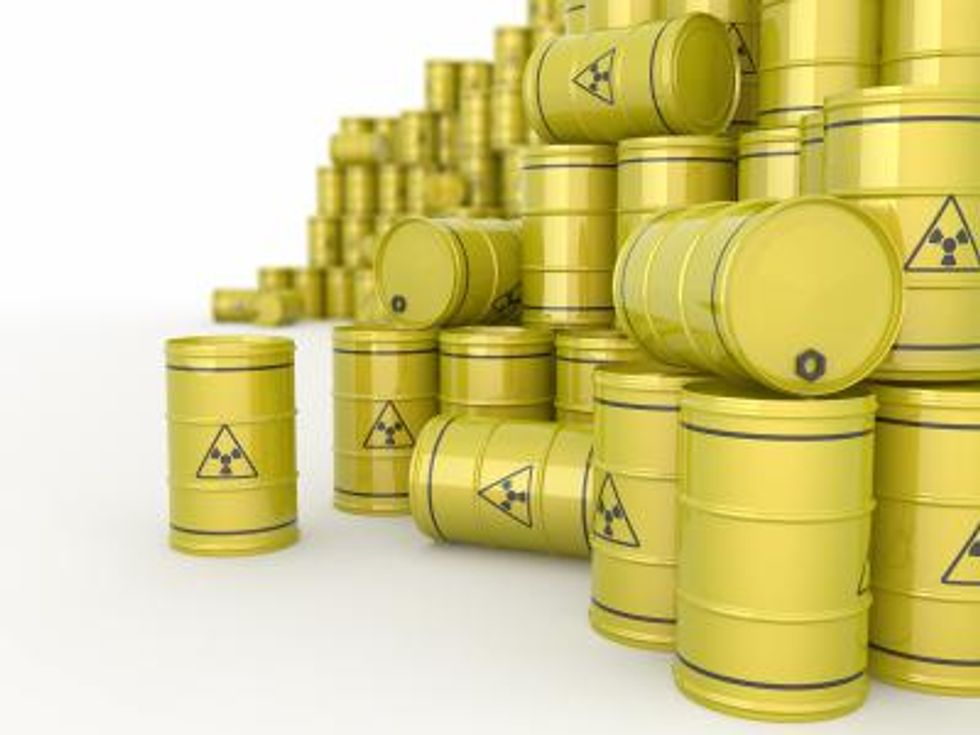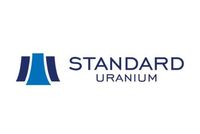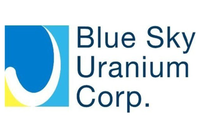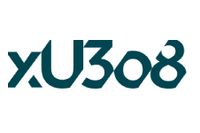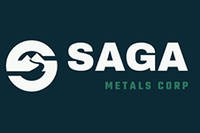Highlights from Cantor Fitzgerald’s 2nd Annual Global Uranium Conference
Cantor Fitzgerald’s second annual Global Uranium Conference featured a lineup of noteworthy uranium companies. Following the event, the Investing News Network had a chance to catch up with senior analyst Rob Chang to get a rundown of how it went.
“We were very happy with it. There were more attendants,” Chang said. “It seems like there is definitely more interest, and there is a lot more active interest in learning about it.”
He said in general the sentiment of attending companies was positive, which is refreshing considering the current uncertainty in the market. “Everyone was pointing to the upcoming supply/demand deficit — when it is going to occur and how they are positioning themselves for that recovery. Depending on who the company is, they may be more conservative than others, but generally speaking it is about managing the businesses properly in advance of future growth,” Chang explained.
Looking forward to deficit
Companies at the conference estimate that a uranium deficit will come sometime in the early 2020s, while analysts think it will happen between 2018 and 2021. While nobody can predict exactly how high the uranium price will get when the deficit does come, Chang said he expects an increase similar to what was seen in the mid-2000s.
“We are going to see it jump $5 to $10 every week, like we saw before, because it just has to happen that way. I’m not sure exactly when this will happen, but there frankly is just not enough supply. It’s a very thin market, and once you get two, three, four utilities trying to buy at the same time, you are going to see large jumps.”
According to Cameco (TSX:CCO,NYSE:CCJ), one reason a deficit is expected is that US utilities’ requirements are expected to open up after 2016. Corroborating that claim, speaker Scott Melbye cited US Department of Energy data that shows that US utilities’ requirements will be “substantial” in 2017 and 2018. Even today he said he is seeing many US utilities — and their counterparts in Europe and Asia — in the market for spot uranium.
More uranium needed
Looking at exactly how much uranium will be required when the deficit hits, Cameco said that the world will need four more Cigar Lakes. That project is expected to produce 18 million pounds of uranium annually at its peak, and at this point no other projects come close.
“That is the reason we see a price hike has to happen,” said Chang, adding, “if you look out to all the [projects] that have been identified, that have any reasonable chance … it’s fairly limited. The only ones that have a decent size and that can produce, say, 5 to 10 million pounds annually, is maybe what Fission Uranium (TSX:FCU) has in Patterson Lake South (PLS), likely what NexGen Energy (TSXV:NXE) has once their resource estimates come out. Then you’re looking at what Denison Mines (TSX:DML,NYSEMKT:DNN) has at Wheeler River with the Phoenix deposit and maybe UEX (TSX:UEX). But these last two are 60- to 70-million-pound projects and that’s it. Cigar Lake is multiple hundreds of millions, and I think that Fission’s PLS and NexGen’s Arrow may get there. Combined they definitely will be. But that’s it. Once you start looking at the available projects out there, you are looking at Africa, where they have 200- to 300-million-pound projects.”
That said, Chang pointed out that considering the cost of producing in Africa, the uranium price would need to reach the $80 mark in order for miners to turn a profit there.
Geopolitical issues
On a different note, Melbye highlighted a few geopolitical events that could have a significant effect on the uranium market. For instance, Russian sanctions, which until now have mostly affected oil and gas relationships, are now shifting closer to the nuclear fuel market. Then there is Islamic extremism, which is impacting Niger, the fourth-largest uranium producer. Al Qaeda-inspired Tuareg rebels operating in the Southern Sahara have attacked Areva’s (EPA:AREVA) operations there, and employees have been killed and kidnapped.
Aside from that, Chang believes one of the scarier issues is the possibility of Russia “decid[ing] to become imperialistic and take Kazakhstan, like they have effectively done with Crimea and the Ukraine. That would be a huge issue if that actually happened. Will it spark something bigger is going to be a key question and an interesting question because both China and the US would definitely care,” he said.
Companies that presented
As mentioned, the presentation schedule at the conference was packed with promising exploration companies as well as producers, and a post-conference summary from Cantor Fitzgerald provides a rundown of what they all highlighted during their talks.
In terms of favorite companies, Chang said his firm likes the entire uranium space right now; however, its top pick is NexGen as it has the most upside. “We are really looking forward to their upcoming assay results, 44b in particular,” Chang said. “The scintillometer results they reported are impressive — it’s huge, and that usually translates into a very strong assay results, and that is what most people can recognize. We are expecting this one particular hole is going to be among one of the best ever drilled by any uranium company anywhere. And it is going to significantly increase our estimate of the Arrow zone. It is already sitting at 90 million pounds in our estimate, and that is very large.”
Another notable company is Uranium Energy (NYSEMKT:UEC), which recently expanded the boundaries of its Palangana mine. The company is also advancing its Yuti ISR project in Paraguay from the exploration phase to the exploitation phase.
Cameco of course also presented at the show, highlighting that it’s reached official commercial production at Cigar Lake. Fission Uranium was another presenter, and considering all the promising drill results the company has released in recent months, it had plenty of strong points to talk about at the conference. Ur-Energy (TSX:URE,NYSEMKT:URG) highlighted its recently announced resource update, which yielded a net increase of 2.498 million pounds, and said it will be following up with another update on the resource in either the third or fourth quarter.
Other companies that presented were Denison Mines, Uranium Participation (TSX:U) and Paladin Energy (TSX:PDN,ASX:PDN).
Securities Disclosure: I, Kristen Moran, hold no direct investment interest in any company mentioned in this article.
